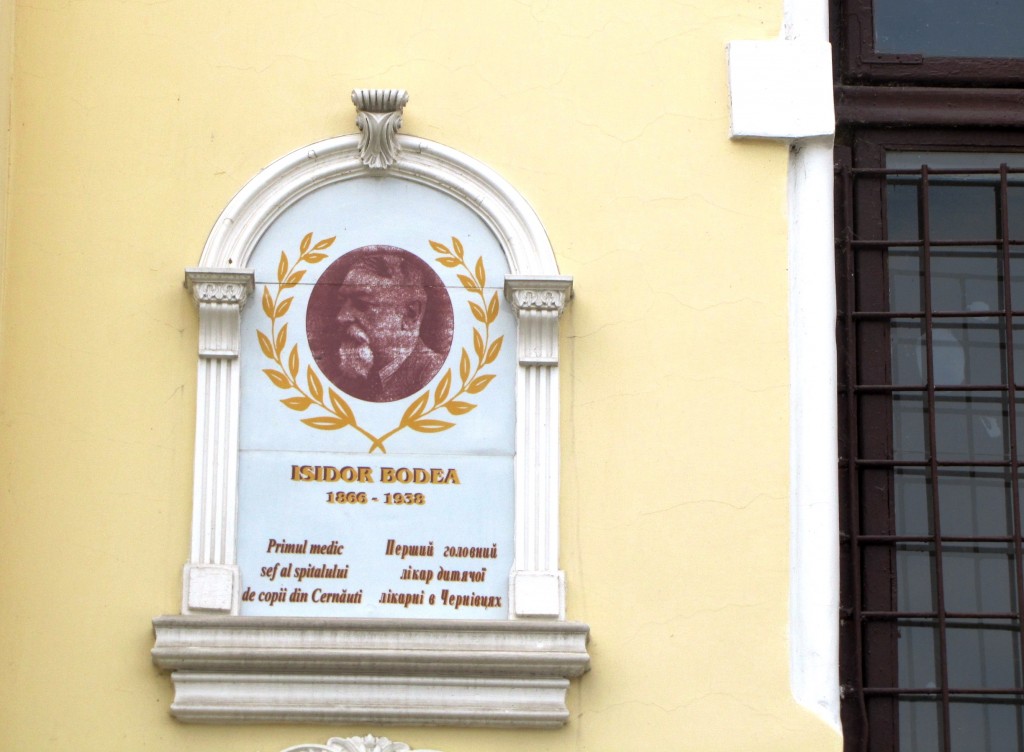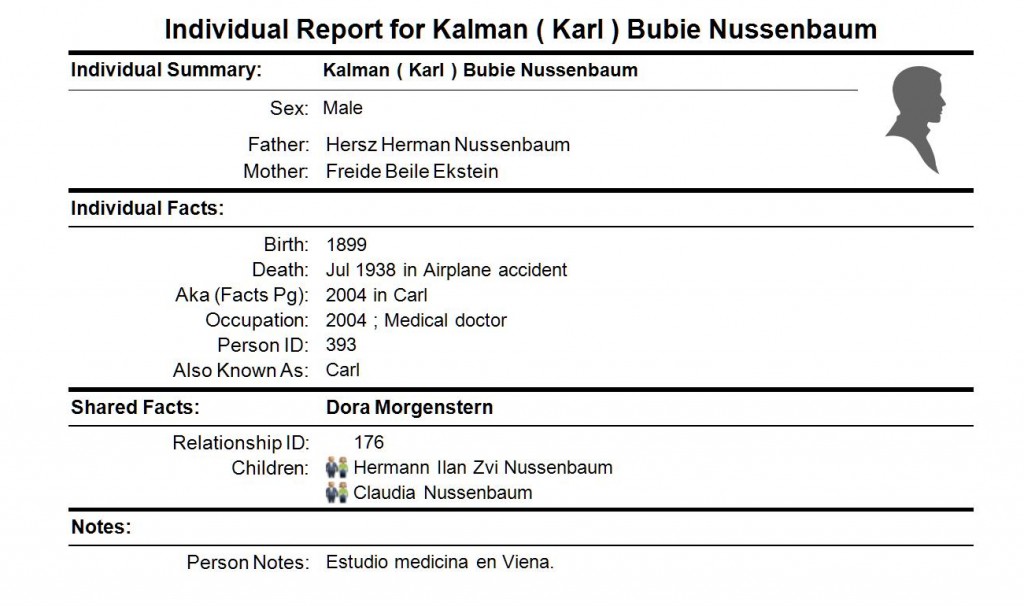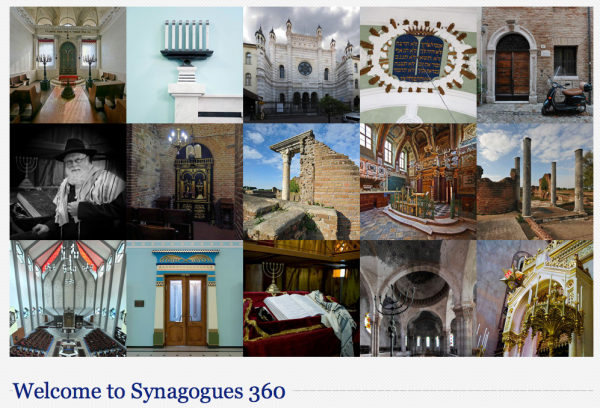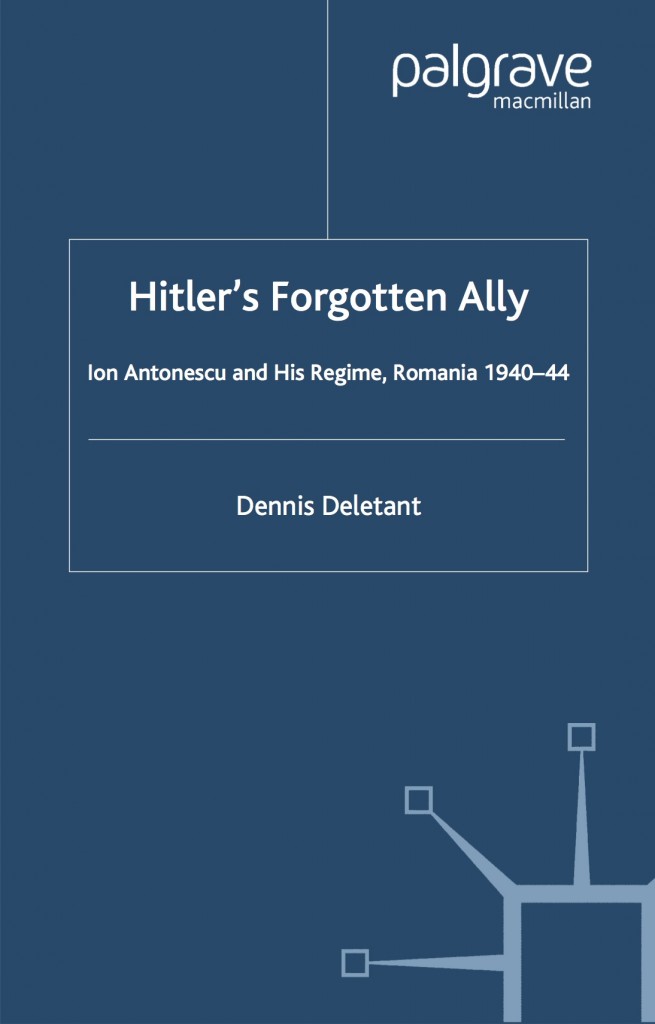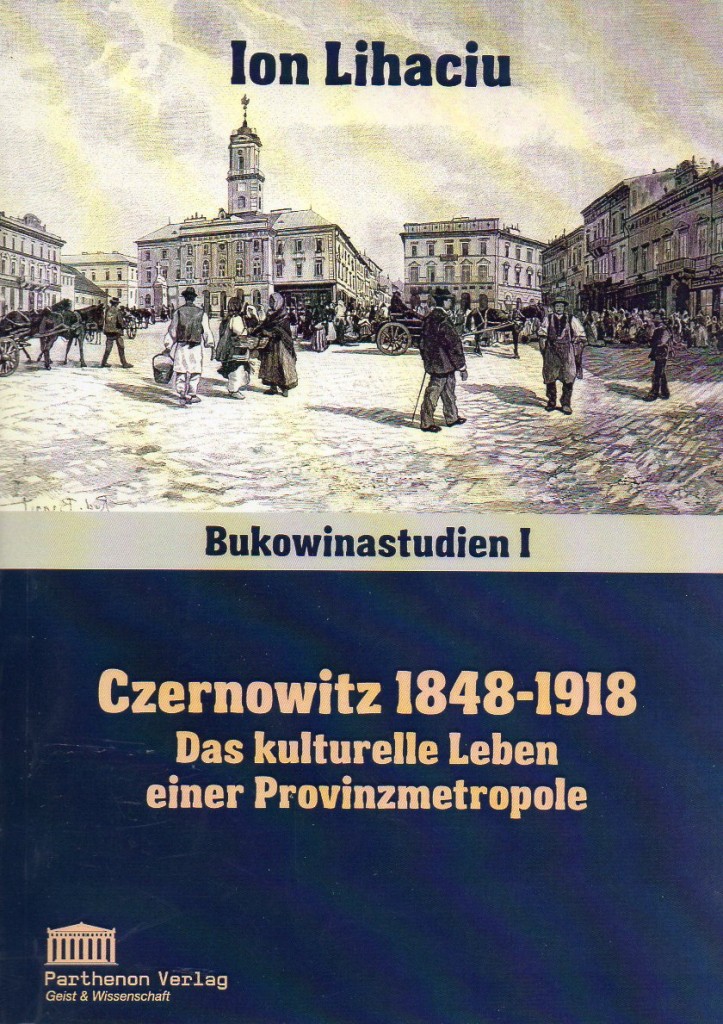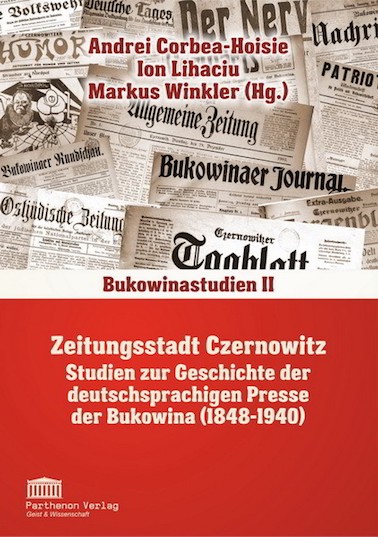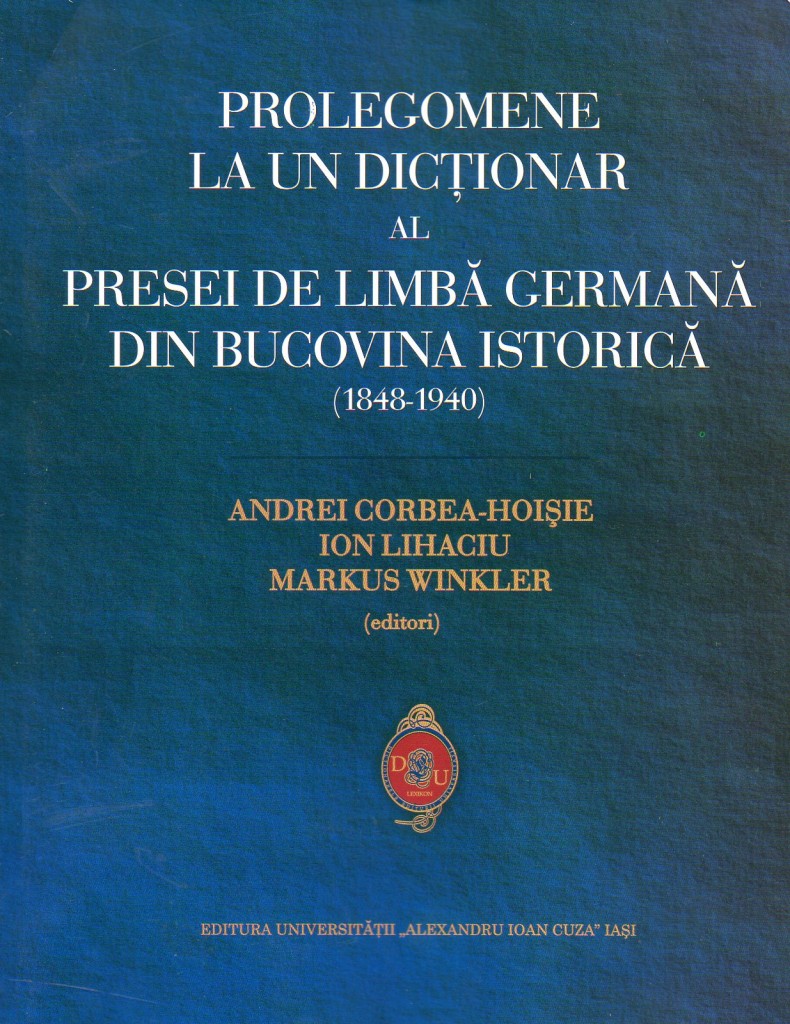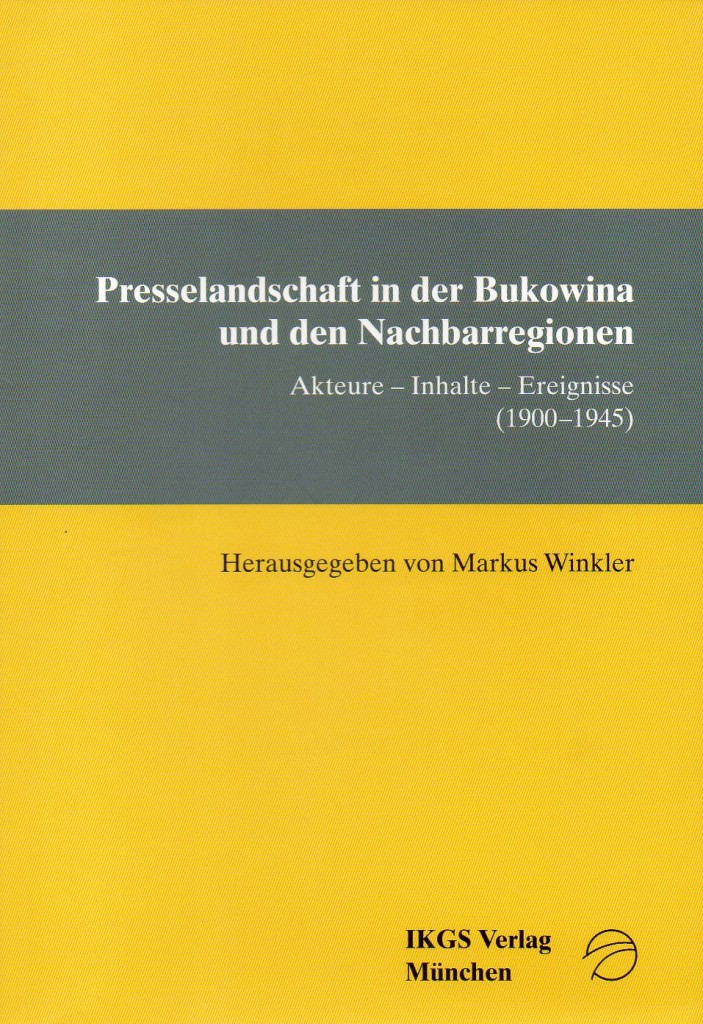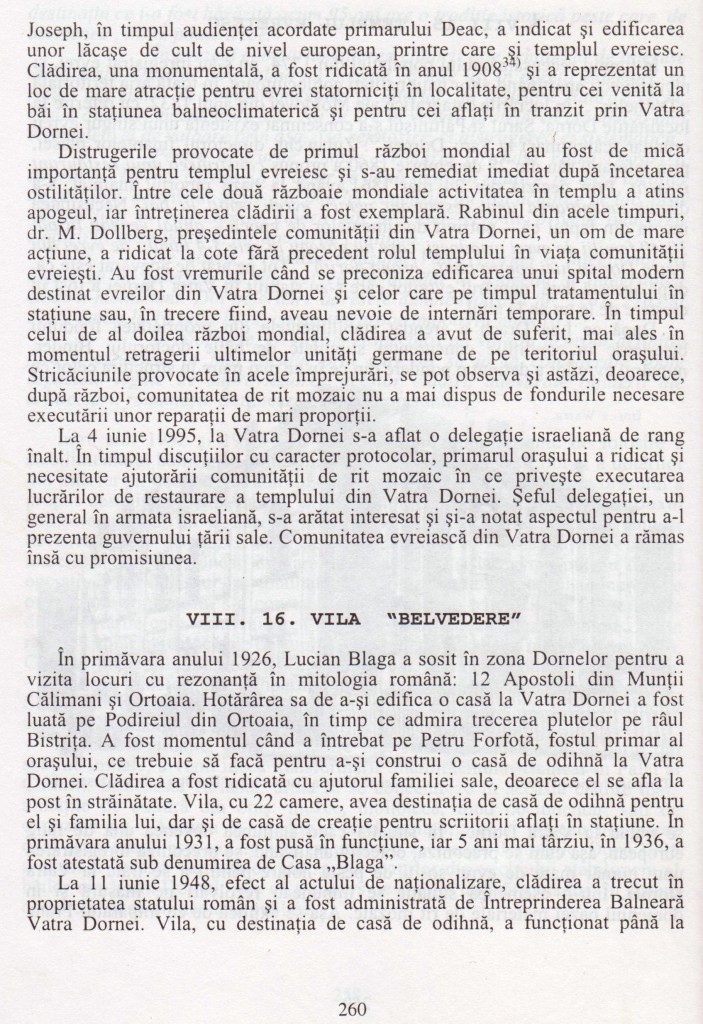Tag Archives: Romania
Czernowitz Cemetery Transcription Project
After too many years, the Cemetery database project is nearing completion. There are just about 3000 burials remaining to index. (For those who aren’t familiar with it, results are posted to The JewishGen Online Burial Registry at <http://www.jewishgen.org/databases/Cemetery/>.) Transcriber Noam Silberberg recently spotted an unusual monument in Area 102, recording the passing of Dr. Karl Nussenbaum, who died in a plane crash in 1938. Does anyone remember or know anything about this event?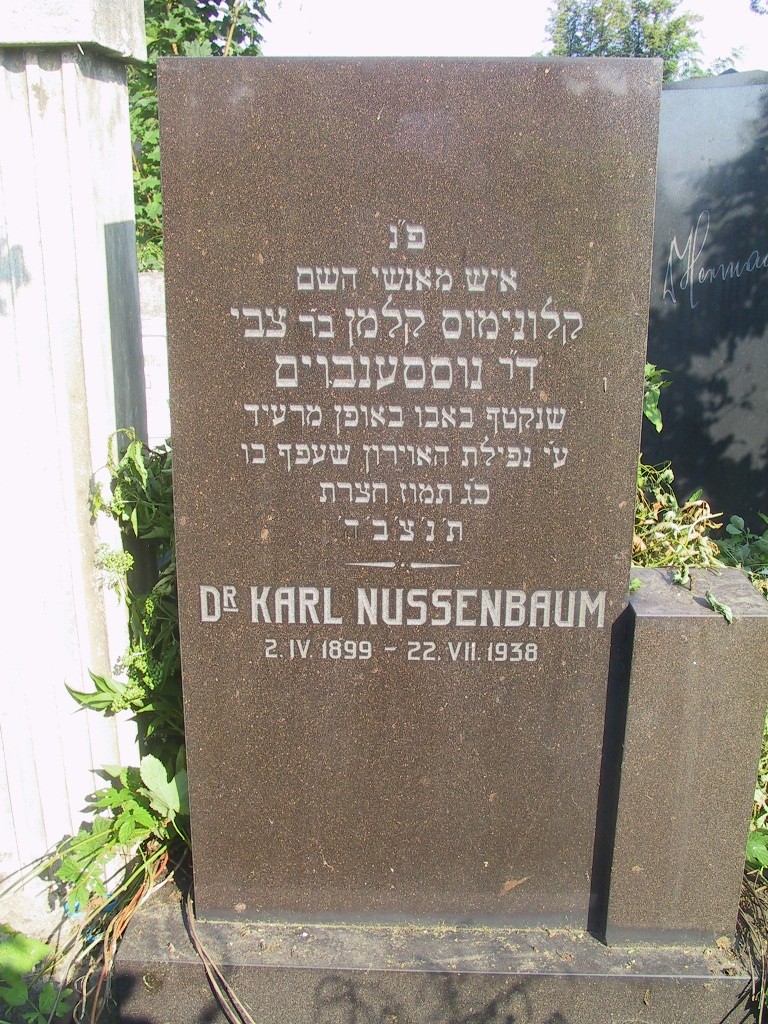
I’d be interested to know more!
Bruce Reisch
April 25, 2015: 21:00 ET:
Noam Silberberg send the following related information:
Czernowitz, Bukowina and Beyond – A Photo Series by Andrzej Polec
Welcome to Synagogues 360
Hitler’s Forgotten Ally – Ion Antonescu and His Regime, Romania 1940-1944
http://us.macmillan.com/hitlersforgottenally/DennisDeletant
http://www.humanitas.ro/humanitas/aliatul-uitat-al-lui-hitler-ion-antonescu-si-regimul-sau-1940-1944
European History Quarterly 01/2009 (Lucian N. Leustean): “The prime merit of the book lies in its systematic investigation into the tumultuous evolution of the Antonescu regime and into his personal life. In addition, the combination of historical details with societal factors brings new facets to this analysis. Thus, examination of the Iron Guard leadership and of religious confessions in Romania helps to decipher the atmosphere of those times. In addition, Deletant’s writing style makes the book a gripping read, revealing the intimate connections between the personal life of the dictator and the political evolution of his regime. These points, coupled with the fact that most probably Antonescu remained the only leader who could publicly contradict the Führer, offer an incisive image of ‘Hitler’s Forgotten Ally’.”
Czernowitz: The Jerusalem of Bukovina
Abstract: Cernăuți, known as Czernowitz in Yiddish, gathered together important personalities in order to debate on the issue of the status of Yiddish. The power and the contribution of the Jews of Bukovina to the culture and spirituality of Bukovina – beyond the economic references, such as commerce, finances and banks – were really impressive, as a proof being the personalities asserted within the Bukovina area including at the top: Paul Celan (Paul Antschel) Moses Barasch, Jacob Eisenscher, Arthur Kolnik, Slomo Lerner, Itic Manger, Eliezer Steinbarg, Moses Rosenkrantz, Eric Singer, Rose Ausländer, Victor Wittner, Isac Schneyer, Clara Bloom, Alfred Kitner, Immanuel Weissglass, Alfred Gong, Alfred Margul Sperber. The atmosphere was highly flawed in the interwar period of strong manifestation of nationalism and anti-Semitism.
Click here for a PDF [English] version of the full article “Czernowitz: The Jerusalem of Bukovina”!
New Books – The Czernowitz Mythos Persists
The Temple in Dorna-Watra
Bucharest Strictly Confidential – Jewish Quarter
Odessa – Romania’s Forgotten Holocaust
SpiegelOnline International: Filmmaker Confronts Leaders Over Silence
SpiegelOnline Germany: Rumäniens vergessener Holocaust




